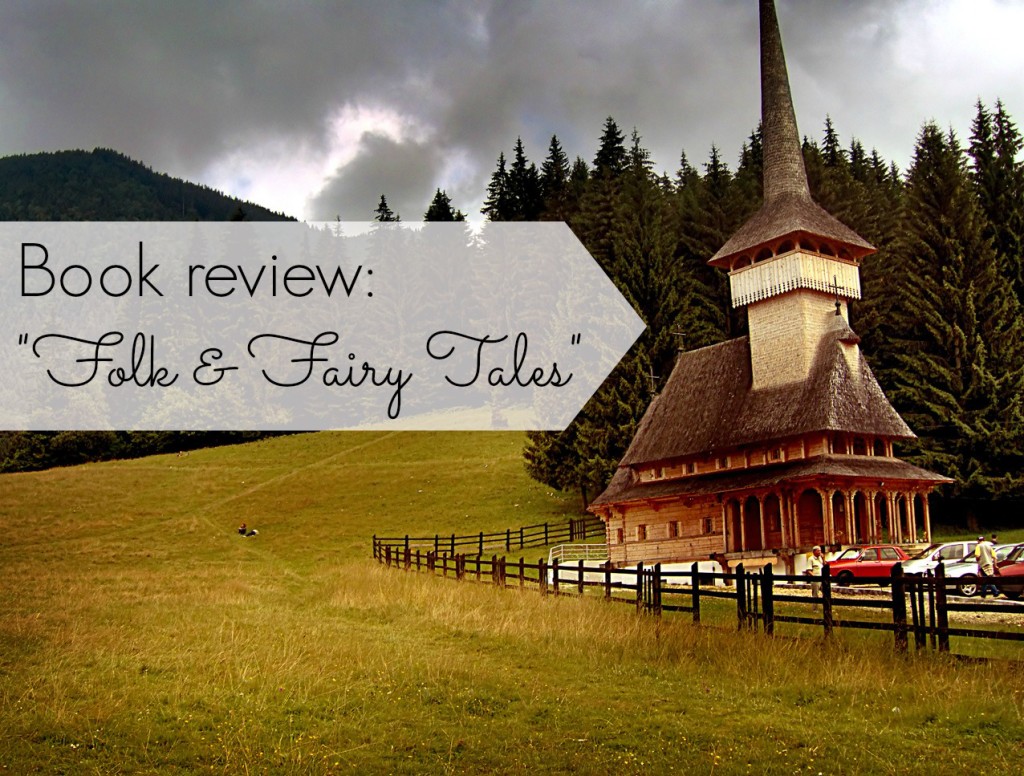One of my classes this term is Revolutions in Communication. Essentially it is a course about the history of communication, beginning with oral societies. Oral societies relied on stories to convey lessons, and an important part of these societies were the telling of fairy tales.
The book that we are reading is Folk and Fairy Tales, fourth edition, edited by Martin Hallett and Barbara Karasek. It is a beautiful 411-page compilation of fairy tales from all over the world. They are divided into sections: first, we have a section each devoted to the tales of Little Red Riding Hood, Sleeping Beauty, and Cinderella.
The sections following these three classic tales are Growing Up (is hard to do), The Enchanted Bride (Groom), Brain over Brawn (The Trickster), Villains, A Less Than Perfect World, Juxtapositions, Illustration, and Criticism. These sections include variations of the stories of The Brave Little Tailor, Beauty and the Beast, The Three Little Pigs, and Rumplestiltskin, among many others.
What makes this book a good read:
This is an excellent book for those interested in learning more about the evolution of fairy tales and the way in which different authors have written their own versions for each story. Some of the most well-known recorders of fairy tales are Jacob and Wilhelm Grimm, Charles Perrault, and Hans Christian Andersen, but there are many others besides featured in this book.
Perrault has a habit of tacking an explicit moral onto the end of each of his fairy tales for the reader’s benefit, and it is his style which I have found to be particularly appealing: his stories would interest children, but they are also written in such a way that adults will appreciate the subtleties that children will not understand.
This book includes some beautiful colored photographs of favorite fairy tales and closely examines prominent motifs featured in major fairy tales. It is lovely to see some of the better-known versions alongside the lesser-known ones, and to consider these fairy tales in a different light than our usual Disney understanding of them.
Interpretations of Fairy Tales
In our class we have been dissecting these fairy tales according to a few major theorists so that we can consider a few different ways in which we might interpret the fairy tales. This enables us to also look at the stories from angles which we might not have thought of prior to the class.
For example, we looked closely at Freud’s interpretation of Little Red Riding Hood and Sleeping Beauty. I’ll spare you the details lest you never think of these fairy tales in the same light again, but essentially he believed that these fairy tales are all about the psychological transition of becoming a sexual being. The red hood, the long sleep, even the number of fairies included are all, in Freud’s point of view, innuendos for sexuality.
Although Freud’s interpretation seems rather extreme, his understanding of the message of fairy tales is important because it teaches us that there is much more to just about anything than we originally may think. We view the world with what knowledge we already have, so if we can broaden our minds by learning about other interpretations of the world, we can benefit by expanding our understanding. And increasing our awareness is always useful to our livelihood and well-being.
